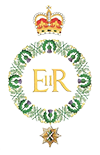Most regiments of the British Army have affiliations with other British Regiments, Ships or Air Force Units or alliances with Regiments from the British Commonwealth. These are fostered whenever possible by the exchange of news, reciprocal visits and occasionally by joint events.The Royal Scots were affiliated to the sole surviving Gurkha Regiment and allied to two Canadian Regiments. In 1983, when The Royal Scots celebrated the 350th anniversary of the raising of the Regiment, representatives of all three Regiments proudly took their place at the Royal Review by H M The Queen. In 1990 representatives from the three Regiments joined with the Regimental Band and Pipes and Drums of The Royal Scots as part of the Massed Bands of the Scottish Division Beating Retreat Ceremony on Horse Guards Parade, London, in the presence of H M The Queen. In 2006, on our final march along Princes Street, Edinburgh, they were again represented.
The Royal Gurkha Rifles
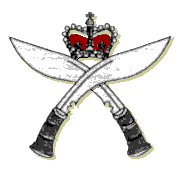
The 10th Gurkha Rifles were first raised in Burma in 1886 as the Kubo Valley Military Police Battalion and in 1890 were redesignated 10th Regiment of Madras Infantry, a regiment originally raised in 1766. After various changes of name they became 10th Gurkha Rifles in 1950. It was in 1895 that the first association between the 10th and The Royal Scots was established. The 10th, serving at Maymyo in Upper Burma, sent a number of pipers to the 2nd Battalion, then based in Mandalay, for training. This association was strengthened in 1926 when the pipers of the 10th were authorised to wear Hunting Stuart tartan plaids, pipe bags and ribbons. In 1950 H M King George VI approved a formal affiliation between the two Regiments. 10th Gurkhas fought with distinction in Gallipoli, Egypt and Mesopotamia during the First World War and during the Burma Campaign in World War II.
The Canadian Scottish Regiment (Princess Mary’s)
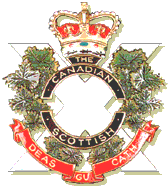
The Canadian Scottish was raised as the 16th Battalion (The Canadian Scottish) Canadian Expeditionary Force in 1914. They fought with distinction on the Western Front where Piper James Richardson won the V C at the Battle of the Somme. During the Second World War they took part in the Normandy Landings and the liberation of France, Belgium and Holland and the final advance into Germany.
In 1926 H M King George V authorised the alliance of The Canadian Scottish and The Royal Scots. The Regiment is based in Victoria, British Columbia, and is a Militia Regiment.
For further information see www.canadianscottishregiment.ca
The Royal Newfoundland Regiment
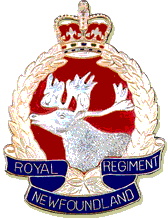
In 1914 a permanent volunteer regiment was raised in Newfoundland which subsequently became The Royal Newfoundland Regiment. During the First World War it served in Gallipoli and Flanders. They suffered severe casualties at Beaumont Hamel on the opening day of the Battle of the Somme on 1st July, 1916. As a result of these losses from such a small population, the Regiment remained in Canada during the Second World War.
In 1957 H M The Queen approved the alliance with The Royal Scots and in 1989 H R H The Princess Royal was appointed to be their Colonel-in-Chief. Their two Militia Battalions are based in St Johns and Corner Brook.For further information see www.rnfldr.ca
HMS Edinburgh
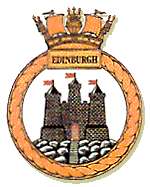
Affiliated Ship:
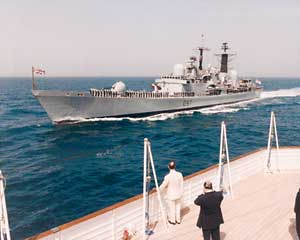
The Royal Scots were affiliated with HMS EDINBURGH in 1985. She was a Batch 3 Type 42 Destroyer built by Cammell Laird Shipbuilders at Birkenhead.
She was laid down in 1980 and launched by Mrs Anne Heseltine on 14 April 1983. HMS EDINBURGH was accepted by the Royal Navy on 25 July 1985 and was commissioned at Leith on 17 December 1985. She was decommisioned in 2014.
